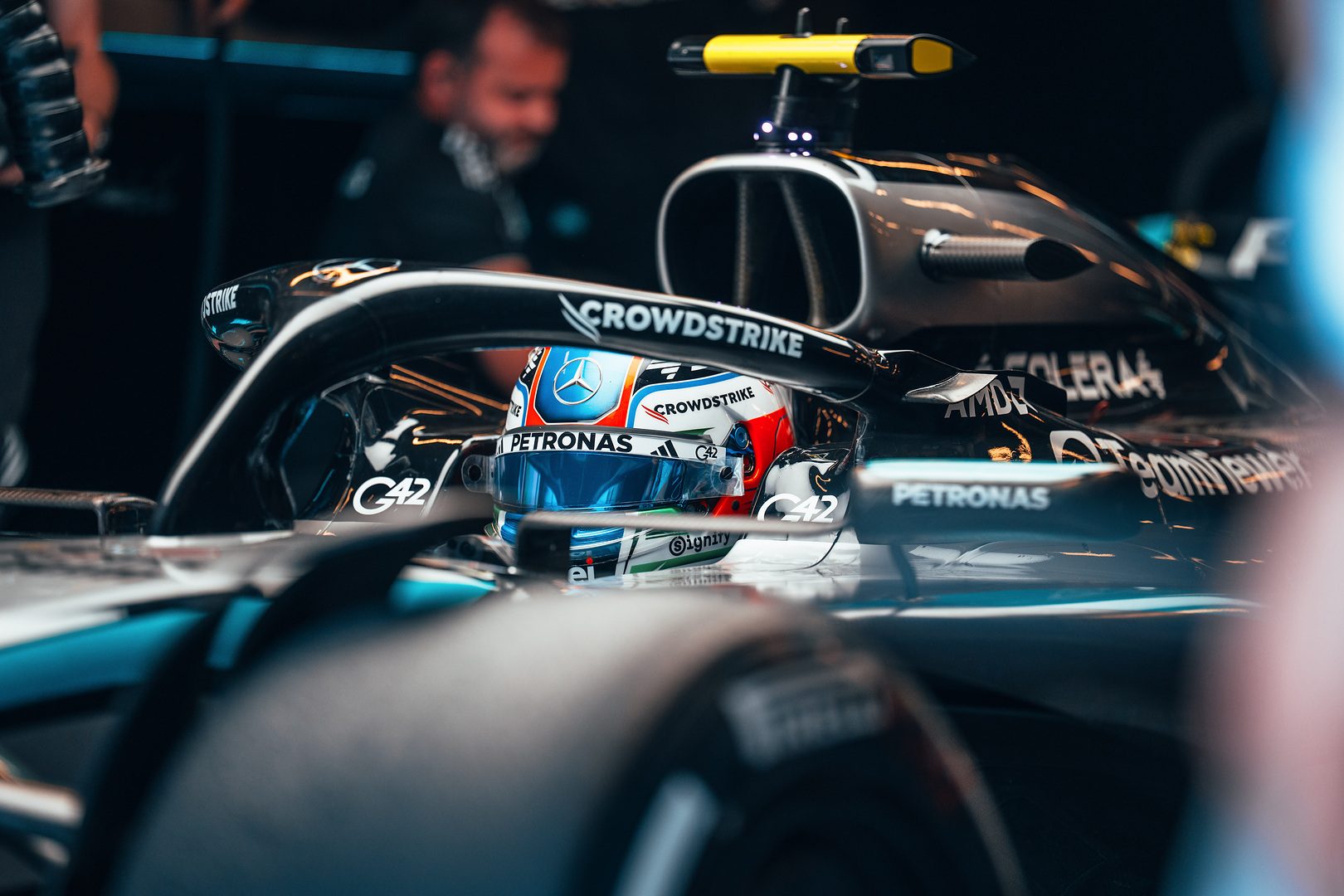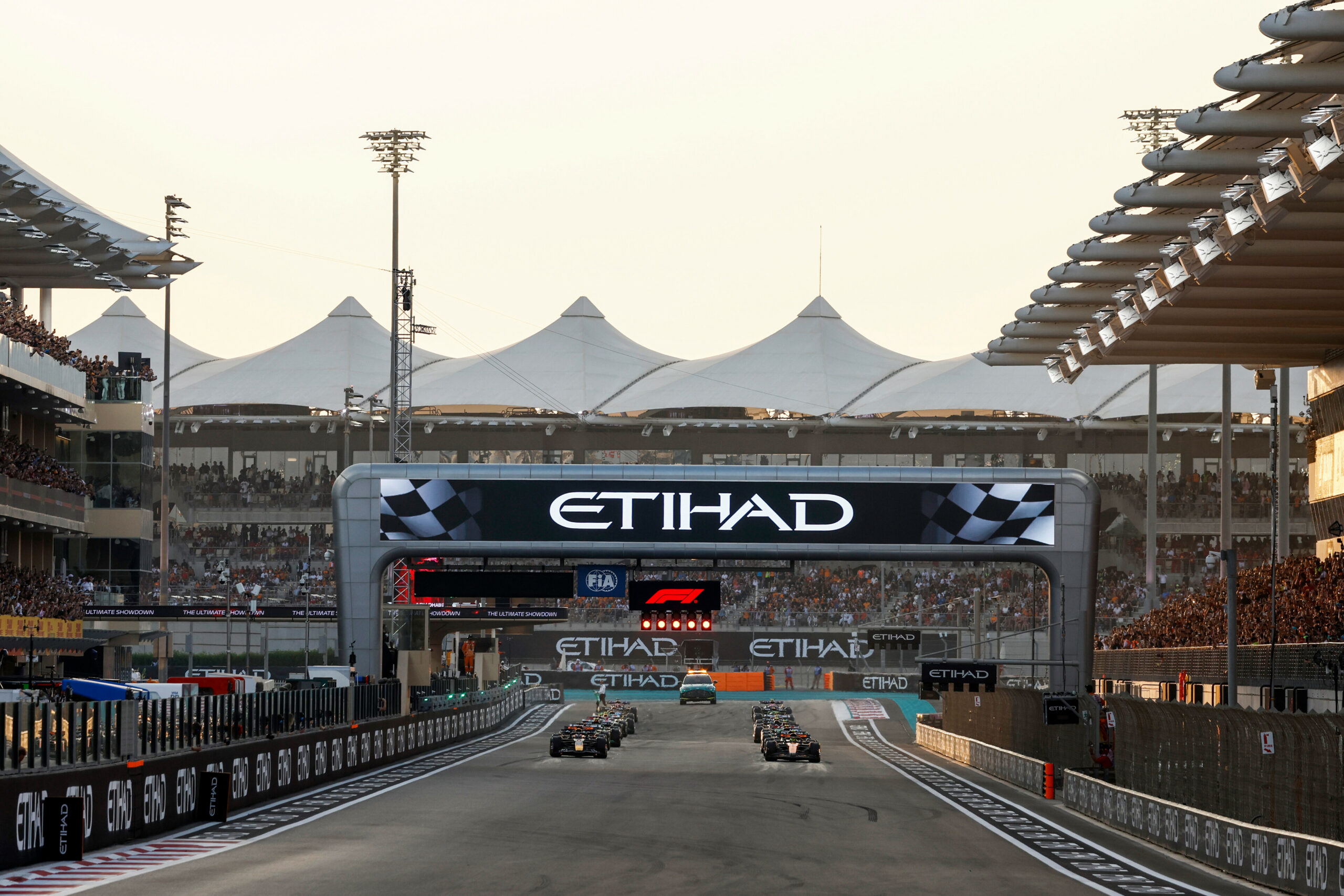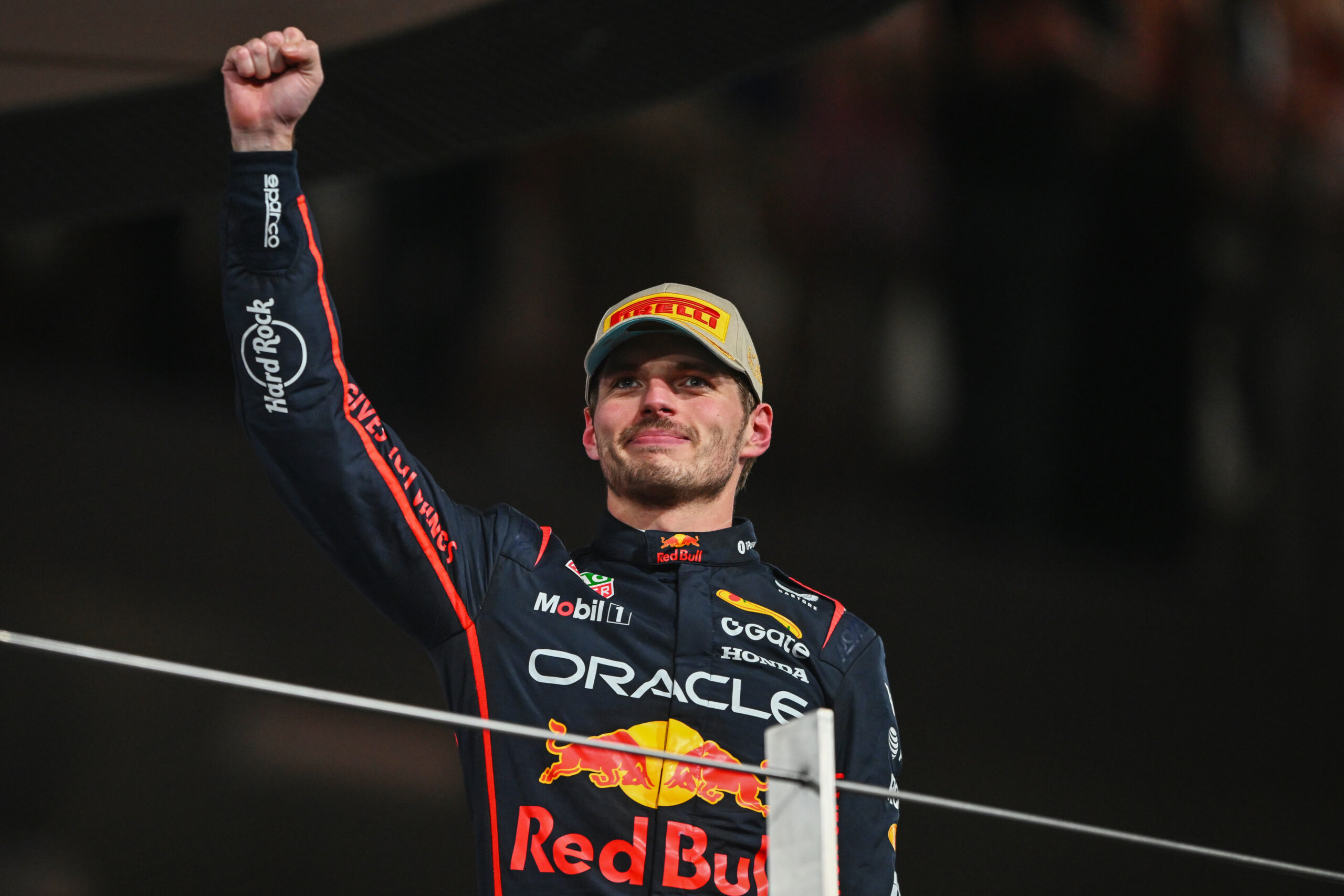
Photo Credit: Williams Racing
It was a really positive weekend for Williams and Alexander Albon in Canada. A weekend in which, thanks to a deeply evolved FW45, the Grove team achieved Q3 on Saturday and a great seventh place in the race. So let’s uncover the secrets behind this great performance by Williams.
It was a really eagerly awaited appointment for the Williams team. A race at which, after months of work, the Grove team had decided to debut a package of updates on the FW45, useful for making progress on a car born healthy which, already at the start of the season, had shown some flashes and to help the drivers to consistently enter the battle in the center of the group.
Developments which, in fact, arrived in time for the Canadian GP (albeit produced in a single spec and entrusted to Alexander Albon, while for Logan Sargeant they will arrive in the following races, probably as early as the next Austrian GP).
They allowed the Grove-based team to make a leap forward and stay in the top ten for the entire weekend, also bringing home precious points thanks to the extraordinary seventh place conquered by Albon himself with a race full of pace and consistency.
News which, analyzing the single-seater with a critical eye, concerned various areas, especially in the central area, that of the car bodywork, where new sidepods, a new floor and a new bonnet were introduced.
Starting from the floor, the entire design of the lower area, that of the Venturi channels, has been revised (inspired by the Red Bull), introducing irregularities in the profiles of the undercar, necessary both to generate greater downforce and to limit the porpoising phenomenon as much as possible. deleterious for this generation of cars.
On the new sidepods, they took inspiration from Aston Martin as the ramp useful for bringing the flows from the upper area of the radiator vents towards the bottom (thus looking for the down-wash effect) has been more accentuated, the excavation has been enlarged in the internal area, while the external area was profiled by looking for a sort of ‘tub’ similar to the one present on the Ferrari SF-23 before the updates introduced in Spain.
Innovations which, in fact, have led (as always happened to Ferrari in Barcelona) to rethinking and also modifying the arrangement of some accessory elements of the cooling system and to a new arrangement of the hot air vents. Precisely to meet these needs, a new bonnet was also introduced, with only two Mclaren-style vertical side slits, a new slit in the central part, in place of the shark-finn, and two ‘upper’ channels that have been enlarged compared to the old specification.
Another novelty, as mentioned, are the rear-view mirror supports, profiled with clear aerodynamic functions and useful for conveying the air flows in a different way towards the rear wing and beam-wing area.
And precisely to maximize the efficiency of the beam wing, directing the air flows in the desired way, the designs of the rear brake-ducts and their aerodynamic profiles have also been modified, just as the rear suspension attachments have been rethought.




